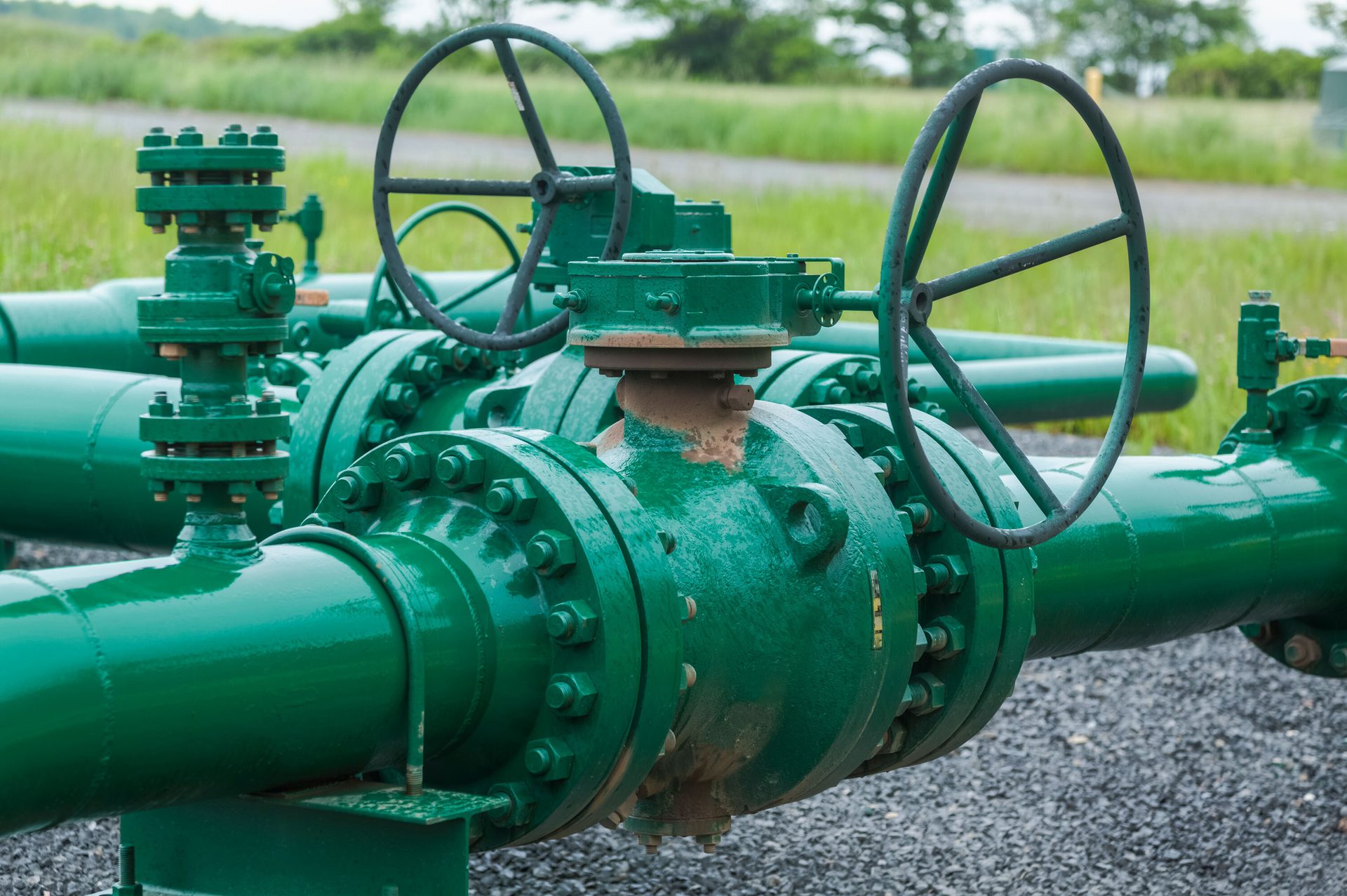
GUEST EDITORIAL
BY Ellie Gabel
MANAGING YOUR BUSINESS
The future of energy: How natural gas is shaping sustainable heating solutions
Electrification on track to be largest energy consumption source by 2050.

Advancements in renewable energy are well underway, and several exciting developments are already in use. However, homes and businesses require consistent, reliable solutions today and can't wait for a full transition to sustainable power. While nonrenewable, natural gas is shaping a cleaner energy future to meet growing heating and electricity demands.
Natural gas as a stepping stone to clean energy
Natural gas is known as a “bridge fuel” instead of a renewable energy source. Many consider it a sustainable option because it emits far fewer carbon dioxide (CO2) emissions than other fossil fuels.
According to a 2021 report from the U.S. Energy Information Administration, the nation saw a 65% decline in CO2 emissions — about 532 million metric tons — with the transition from coal to natural gas-powered electricity generation from 2005 to 2019. Comparatively, there was a 30% decline associated with an increase in renewable energy.
This nonrenewable fuel source is critical due to its simple storage and distribution through pipelines or shipment in liquified states. Gas-fired power plants can also be turned on and off quickly during peak, short-term energy needs. Regarding the transition to renewable energy, natural gas serves as a backup source for wind and solar power, which may function intermittently due to unstable environmental conditions.
The U.S. derives about 40% of its overall energy usage from natural gas, which comes from shale and similar sedimentary rocks that are millions of years old. The bedded rocks near oil reservoir deposits are easiest to access using well drilling and conventional pumping methods. As such, natural gas provides a dependable heating solution as clean energy technologies undergo more innovation.
Why are sustainable heating solutions necessary?
Sustainable heating solutions are necessary to shift from environmentally damaging fuel sources, boost energy independence, promote economic growth and save money. According to McKinsey, experts predict global energy demand will rise between 11% and 18% by 2050. Much of this need will be due to emerging economies driving population growth and a more robust middle class.
Likewise, electrification could double or triple during slow or rapid energy transitions, respectively, and is on track to becoming the largest energy source by 2050 in either scenario. Most consumption will occur in traditional industries and with the onset of new data centers, green hydrogen and electrified vehicles.
The U.S. electrical grid infrastructure is outdated and crumbling, though, causing spotty generation and distribution of electricity to areas most in need. For instance, transmission lines are nearing 40 years old, with a typical lifespan of 50 to 80 years. The traditional grid has grown inefficient due to increasing electricity demand and frequent inclement weather.
Alternative energy and heating provide a viable resolution, helping alleviate some of the strain, costs and sporadic nature of power. One example is the use of solar energy in solar water heaters. Because sunlight is free, people can see a 50% to 80% decrease in utility bills while avoiding fuel deficits and rate hikes.
Advancements in renewable energy technologies are rampant but far from where they need to be for a full transition. Likewise, while natural gas has filled in the gaps while lowering CO2 outflows, it emits ample methane — the biggest contributor to climate change.
Challenges and considerations
Advancements in renewable energy technologies are rampant but far from where they need to be for a full transition. Likewise, while natural gas has filled in the gaps while lowering CO2 outflows, it emits ample methane — the biggest contributor to climate change. In fact, methane is 28 times more powerful than CO2 at trapping atmospheric heat.
Drilling and extracting natural gas on land also causes ecological disturbances, poor air quality and land degradation from clearing natural areas and laying pipelines underground. These activities may cause disruptive noise pollution for local wildlife and communities and contaminate regional water resources.
Sometimes, it is not viable to transport and sell natural gas generated at oil well sites, so it gets burned, releasing high levels of CO2, carbon monoxide, sulfur dioxide and nitrogen oxides into the air.
Industry standards and government regulations ensure the safe extraction, storage, distribution and use of natural gas, such as adding mercaptan so people can detect leaks — otherwise, natural gas is odorless. The sector has also explored new techniques and technologies to minimize land disturbance during natural gas development, such as horizontal and directional drilling from a single well, and maximize production.
A bridge to a cleaner energy future
As the world embraces renewable energy, natural gas offers a clear path toward a greener, cleaner tomorrow. The world is a ways off from a full transition. However, with natural gas, businesses and individuals can lower emissions and tap into a consistent power source to meet their heating and electrical needs.

Image courtesy of drnadig / E+ / Getty Images
Ellie Gabel is a science writer specializing in astronomy and environmental science and is the Associate Editor of Revolutionized. Ellie's love of science stems from reading Richard Dawkins books and her favorite science magazines as a child, where she fell in love with the experiments included in each edition.
